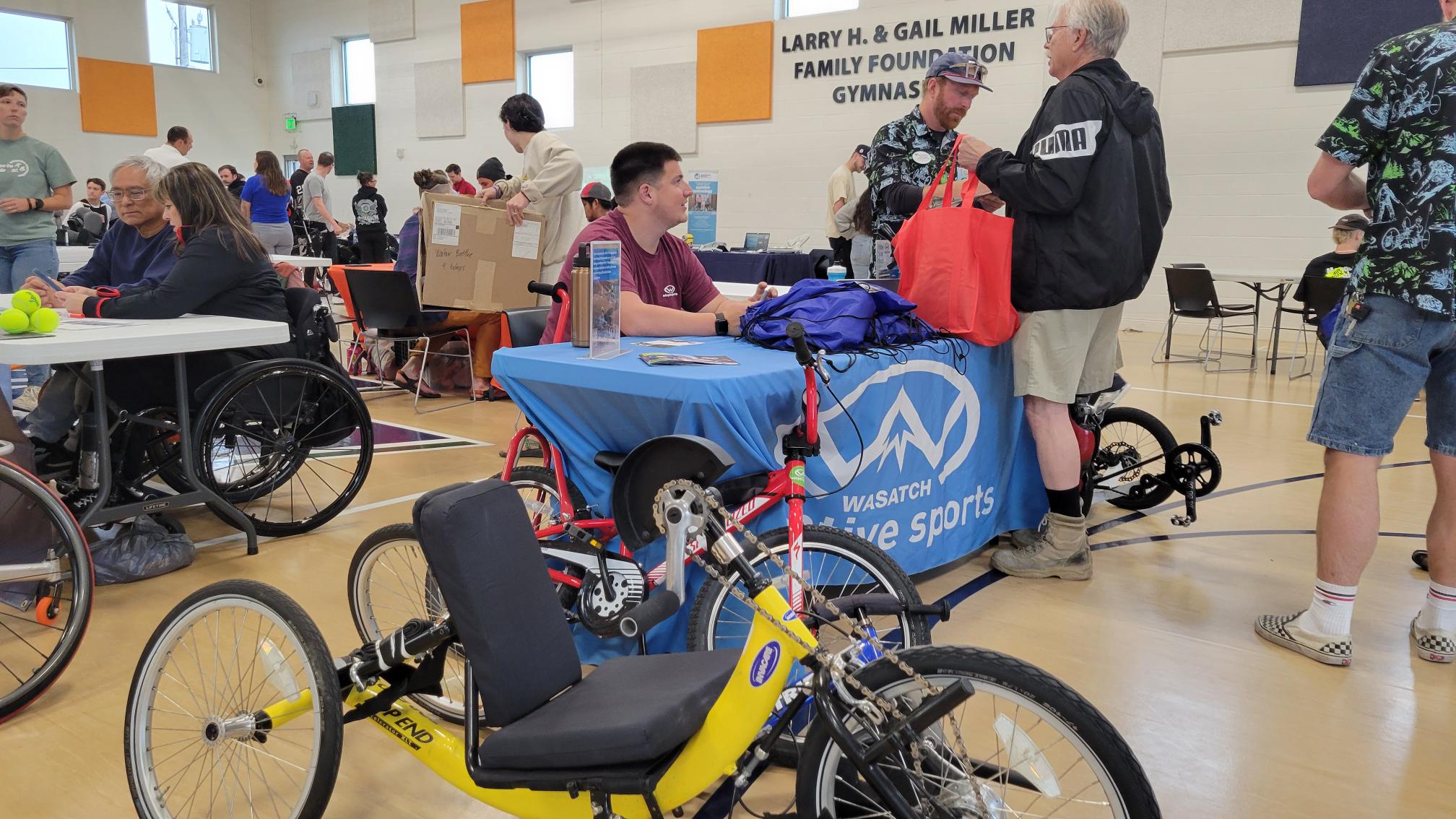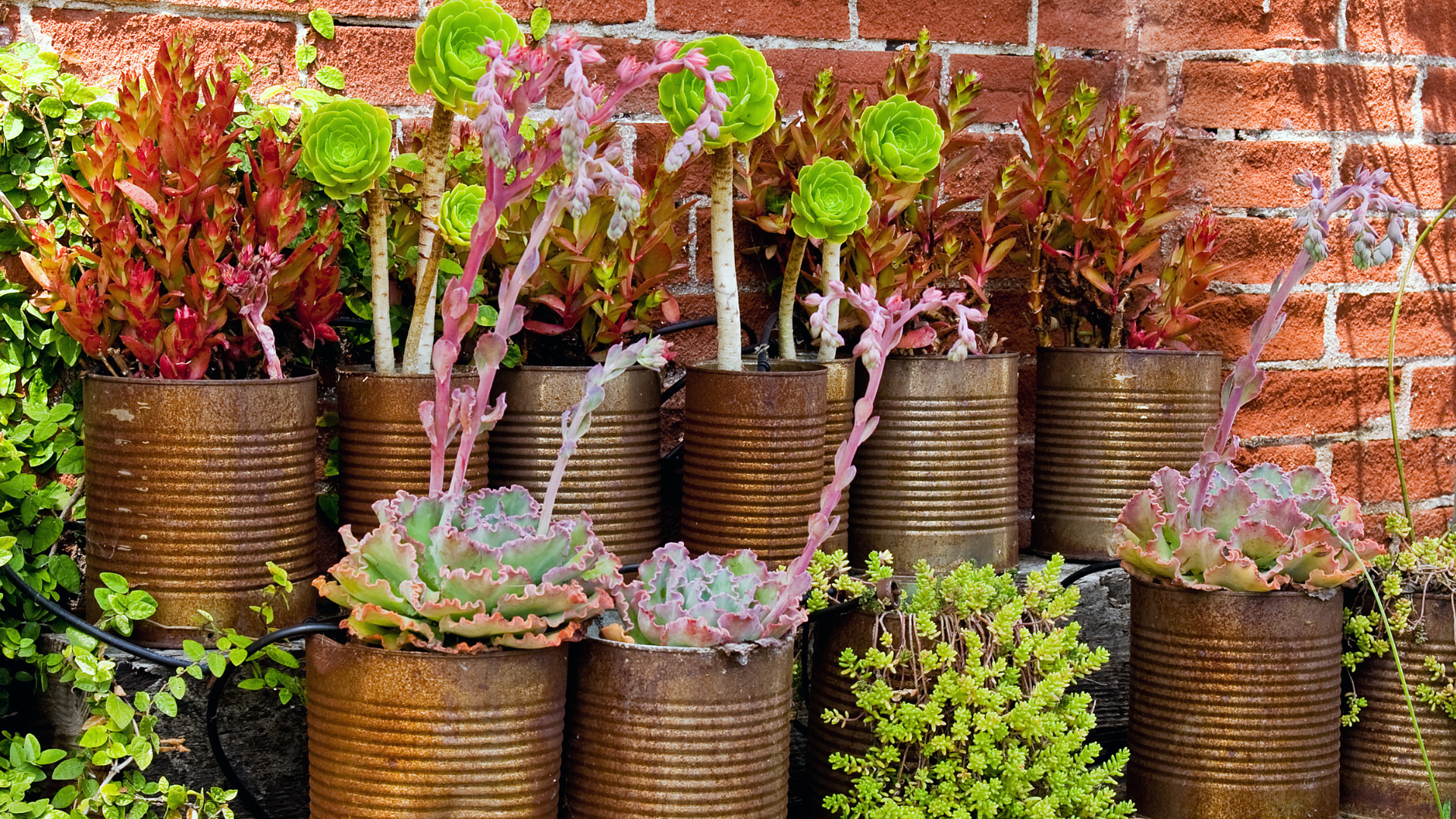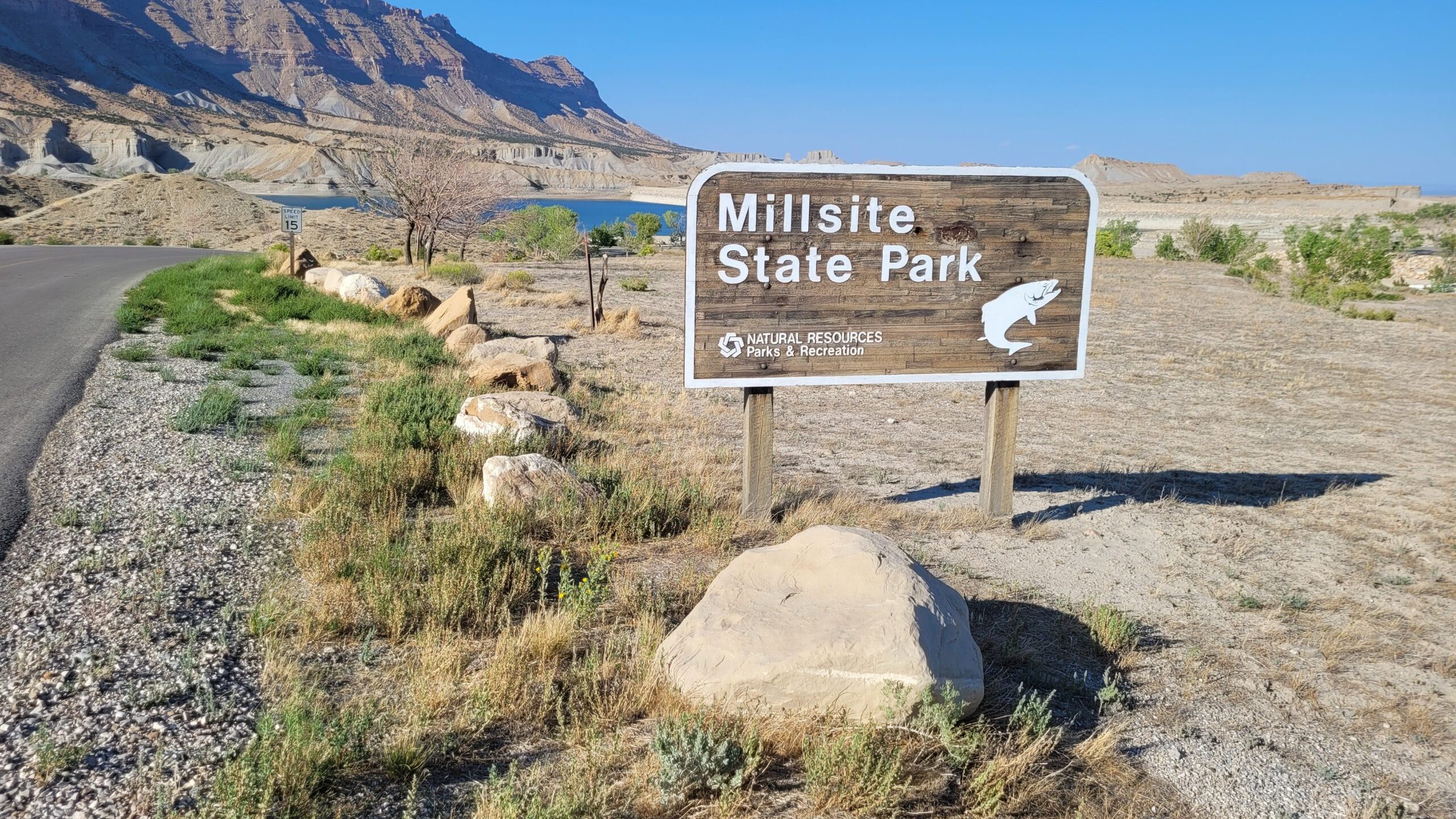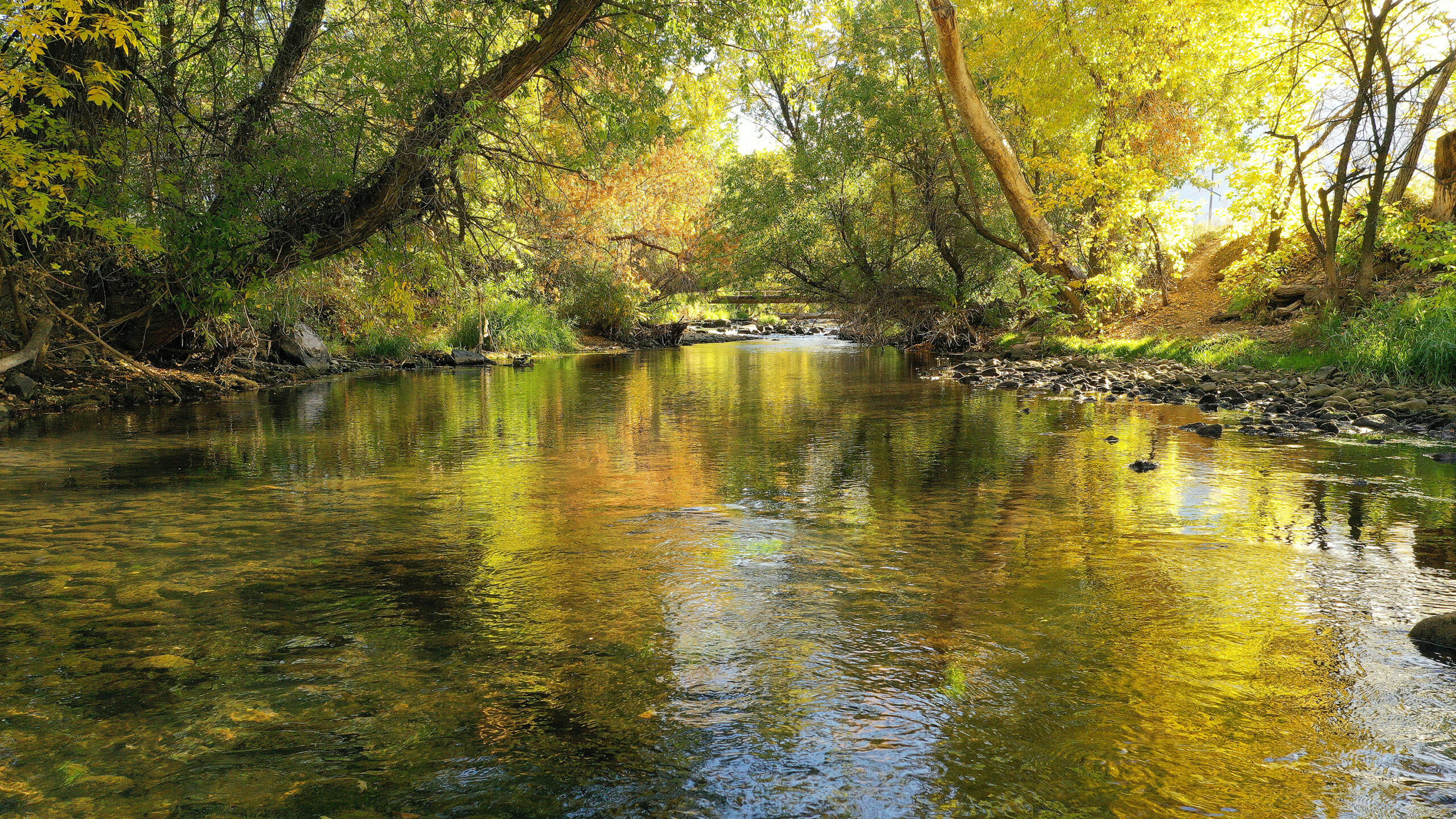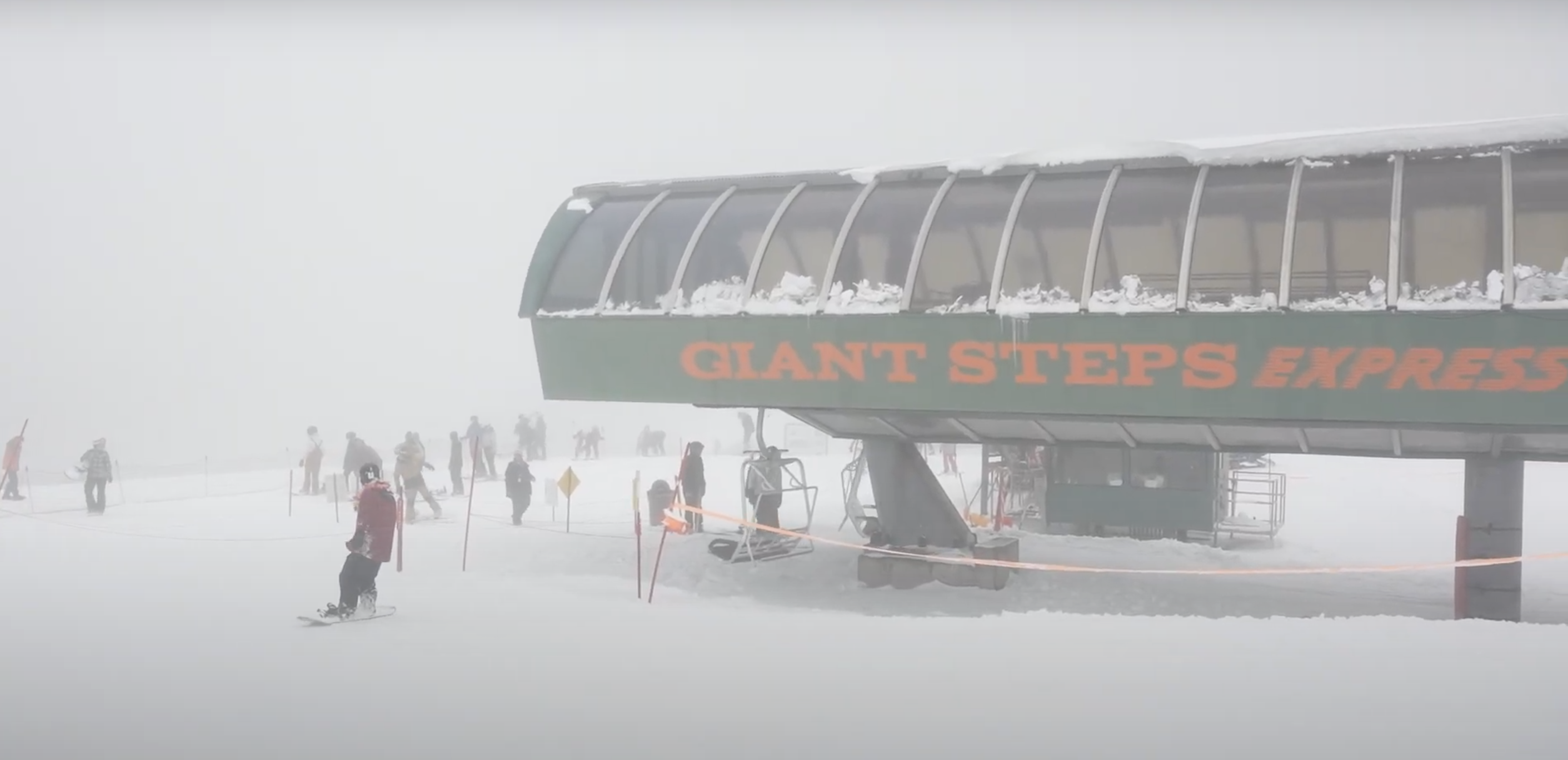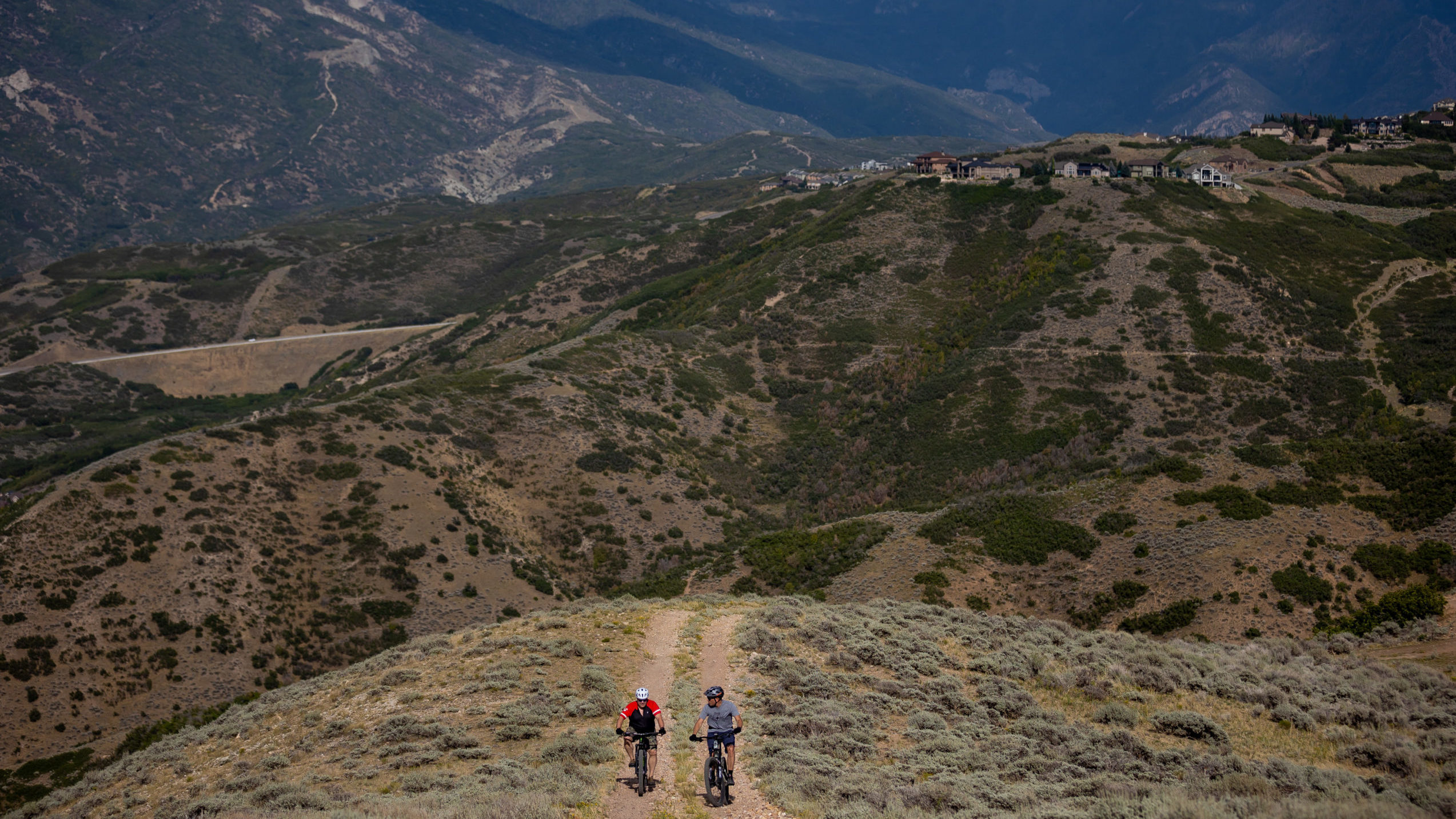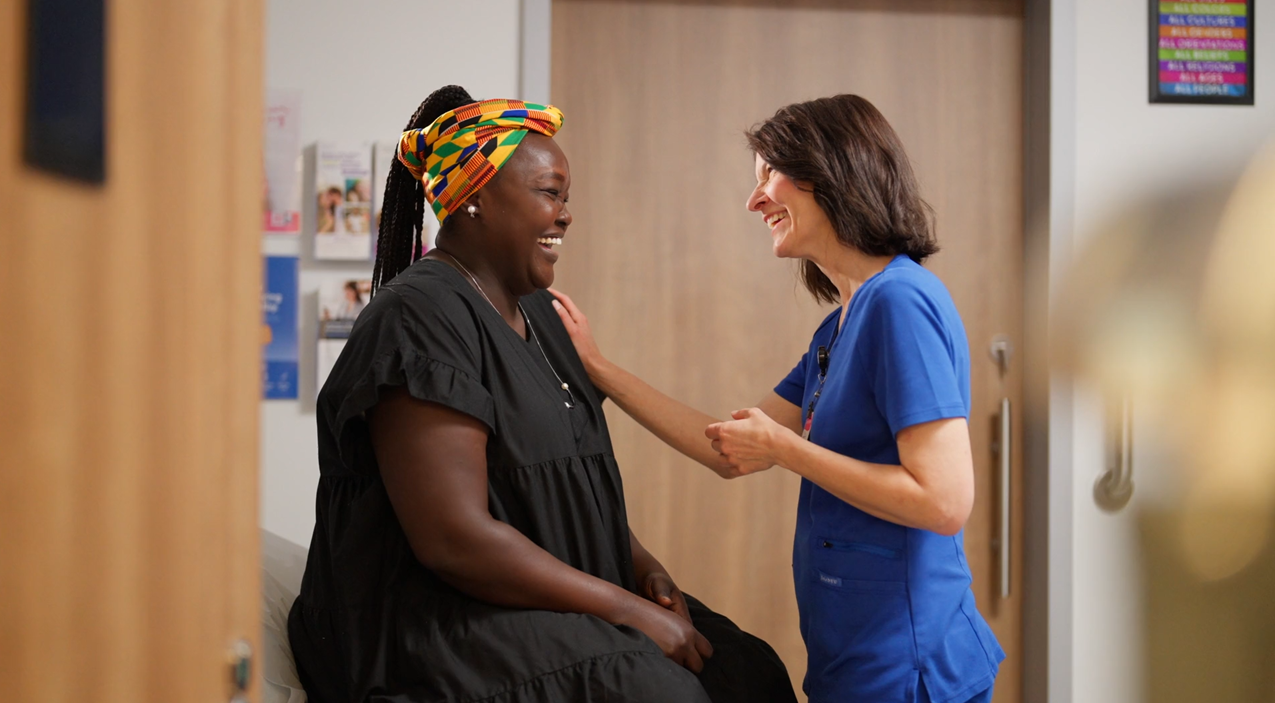Take the plunge: Utahns seek cold water for physical and mental benefits
Apr 6, 2024, 3:45 PM
SALT LAKE CITY — Hayley Beckstead has been doing a cold plunge — jumping into freezing cold water — every day for the last two years.
She lives in Oakley, close to the river, so the water is always refreshingly cold — if temperatures below 60 degrees are your jam.
Tune in live at 4 p.m. to hear all about cold plunging.
Beckstead got into cold plunging after she read a few books on the practice.
“That was shocking, ” she explained. “That people, for so many generations, have used this. And that it was kind of becoming more accepted and open — people were doing it more often now.”
Beckstead said when she first started reading these books on cold plunges, she was going through a hard time in her life.
“I felt like I was losing control,” she said.
She was stressed and under pressure, and somehow, the moment she submerged her head in the icy water, she felt free.
“It was a pretty emotional experience for me,” she said. “I think because I had just held so much that I was experiencing in and down deep, and had buried it for so many years. It all kind of came to the surface.”
Those few seconds under the water changed her. She came back the next day, then the next — and she kept going until one day, cold plunging was just a part of her daily routine.
The rise of the cold plunge
Cold plunging has been traced back to ancient Greece by Hippocrates and Plato. The practice has been picking up steam these past few years, with celebrities even joining in on the fun.
Among the millions of people taking the plunge is Kim Kardashian herself.
She’s been joined by other celebrities like Drake and Joe Rogan.
But cold plunges have been used for fundraising for decades. Haley Nall with Special Olympics Utah. She said a group of officers started their copyrighted event “Polar Plunges” 20 years ago.
It’s now become an annual fundraiser event. This year Special Olympics had five different plunges in five different locations – North Ogden, Salt Lake Valley, Cedar City, Park City and Cash Valley. Between all five plunges they raised nearly $70,000 from 520 plungers.
Cold plungers have become so popular that it was brought up during this year’s legislative session. Utah Sen. Curtis Bramble, R-Clearfield, sponsored a bill that will soon be law making sure no one regulates cold tubs.
“Our statutes are silent on how they should be regulated,” Bramble said. “And so the departments of health, both county and state, have had no option but to regulate them like swimming pools.”
Bramble told KSL NewsRadio during the session that the bill would mean the state would no longer hold smaller cold tanks to the same standards as swimming pools. He says before introducing this bill, the Department of Health had informally agreed it would not regulate these kinds of cold plunges.
Bramble wanted to make it official.
“If you’re a business, it’s very difficult to make an investment in the capital in the equipment and the facilities based on ‘We want to enforce this rule, trust us,'” Bramble explained. “And where it was silent, we wanted to give statutory clarity. That’s really what’s going on.”
The business side of the cold plunge
Jeff Holman is the owner of VERVE Haus in Farmington. It’s a local company that sells sauna and cold plunge experiences. He said this bill changed the way he does business.
When he opened his location about a year ago, the regulations didn’t work for people trying to get into cold plunging.
First, cold tanks were not allowed below 70 degrees. So, the opposite of what people are trying to accomplish with a cold plunge. These rules also required these tubs to have filtration systems seen in pools and two people can’t use the same water.
Now that the regulations have changed, operations have become much more manageable.
“One person would get in for three minutes,” Holman said. “They would finish their session and get out and dry off. That tub was then available without having to drain and add new water and chill it, which wouldn’t really be possible in the timeframe.”
In his time introducing people to cold plunges, Holman has learned that participation in the practice isn’t confined to one demographic.
“If you’ve experienced that — getting in the rivers or whatever you know there’s just something kind of magical about it.”
Too good to be true?
Holman wouldn’t be the first — or last — person to describe the experience as “magical.”
But from an outsider’s perspective, the attention and supposed health benefits may seem too good to be true.
If you want a concise, scientific explanation of how cold plunges can benefit you, look no further than Bryanna Howard, an outreach athletic trainer at the University of Utah Health.
“I grew up doing polar plunges back in Chicago and Lake Michigan,” Howard said. “And then in the athletics population, we use it a lot.”
One thing Howard would be the first to admit — there’s not much research to back up the claims cold plungers have made about the benefits.
“It’s definitely an up-and-coming research forum,” Howard said. “But unfortunately, the research itself doesn’t have consistent parameters [or] a consistent population that they research.”
But from what researchers can see case-by-case, it all ties back to the ‘cold shock.’ Cold shock equals an increase in serotonin and adrenaline.
“If you have an increase in serotonin and adrenaline, you get an increase in norepinephrine,” Howard said. “Which basically gives more opportunities for dopamine to bind to do things.’
Happiness hormones start binding, blood starts flowing faster — bam! You feel good.
Howard said there’s still no way to say if these euphoric feelings cold plungers experience aren’t all in their head. But, if you tried it and think it works — what’s the harm?
“If something works for you and it gives you the goals that you’re obtaining, we can’t necessarily say as healthcare providers it’s a bad thing,” Howard said. “As long as you’re doing those things in a safe way.”
A space for community
Knowing what you know now — if you had the chance to trudge through the snow in a bathing suit before taking a dip in rushing river water that can sink to temperatures in the teens, would you?
Well, that question brings us back to Oakley.
Hayley Beckstead is joined by friends and family every Saturday for a group plunge.
Here’s what some of them had to say about the experience.
“Makes me feel super brave. I always feel like just so excited and happy afterward.”
“It just gets you energized. And, you know, it does release those endorphins. Makes you much more productive.”
“There was something about it that like, you just want to do it again.”
But cold plunging for Beckstead has become more than the endorphin rush. It’s a chance for individuals to come together and share a positive experience; she’s made deeper connections with the people that live near her and also made connections with people from as far away as Australia who have taken the plunge with her.
“People have heard [through] word of mouth or they’re up visiting,” Beckstead said. “A friend will say ‘Oh, I go and get in with this crazy lady up the canyon in the river. Do you want to join us?'”
And people do join. They buck up their courage, ignoring the biting chill, the fight or flight instinct, and see the benefits firsthand that humans have seen for centuries.
Clayre Scott contributed to story.


